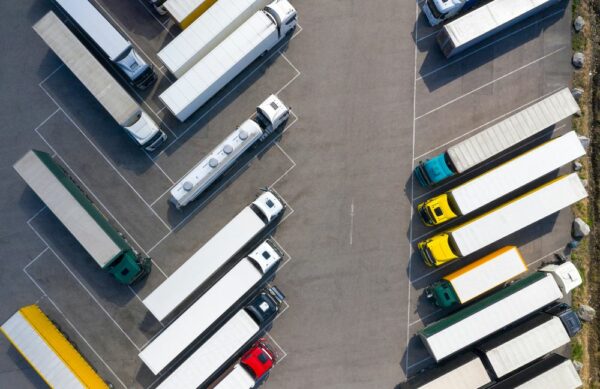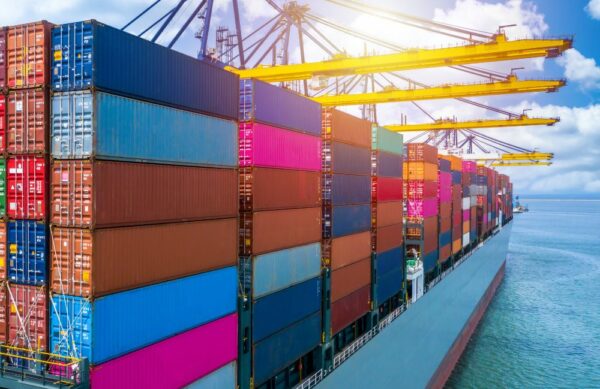Loss Prevention
Increase climate resiliency to prevent product and financial losses and manage supply chain disruptions.
Adverse weather conditions account for 41% of supply chain interruptions in the United States, costing companies billions of dollars a year.
Route A
Route B
Insight In this Dashboard
severity - 4 extreme
Protect Equipment: Flood Risk
Move equipment from low lying or flood prone area. Ensure run-off areas and drainage is clear, advise employees to avoid flood prone areas. Flash flooding possible.
severity - 3 sever
Secure Building: Rain Damage
Seal all doors and windows and make sure roof is secure. Avoid any potential damage indoors from heavy rainfall.
severity - 3 sever
Secure Shipping Platforms: High Winds
Keep all shipping platforms and pallets properly secured. High winds could cause damage to platforms and their contents.
severity - 4 extreme
Monitor Employee Conditions: Extreme Heat
Consider halting outdoor activity since heat conditions could create health risks and result in injury and workers compensation. Increase productivity and production by having employees work on indoor tasks.
severity - 4 extreme
Implement Storm Safety Protocol: Storm Conditions
Storm conditions will cause operational disruptions. Ensure proper communication with all stakeholders. Make sure specific needs and driving forces of each client are understood so that customized solutions are available.
severity - 2 moderate
Monitor Cold Chain Products: Heat
Ensure all cooler doors are secured. Certain products (food and pharmaceuticals) may be deemed unsafe or unusable if exposed to outdoor temperatures.
severity - 3 sever
Monitor Storage Conditions: Humidity
Ensure no lapse in temperature for storage unit in order to prevent growth of bacteria on products.

